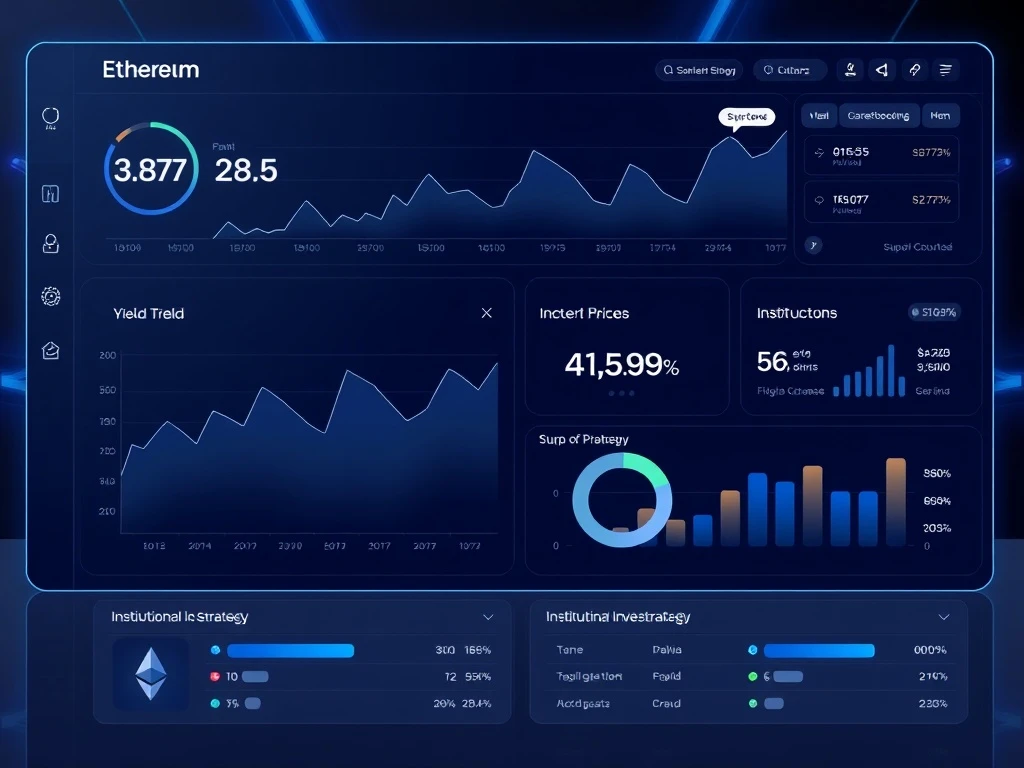Ethereum News: Intchains & FalconX Unveil Game-Changing 10% ETH Yield Strategy

In a bold move that could reshape institutional crypto strategies, Intchains Group has teamed up with FalconX to unlock a groundbreaking 10% ETH yield strategy. This partnership signals a seismic shift in how major players are approaching Ethereum treasury management—are you ready to understand the implications?
Why This Ethereum News Matters for Institutional Investors
The Intchains-FalconX collaboration represents a quantum leap beyond traditional ETH staking, offering:
- 10% annualized yield potential (vs. 5-7% standard staking returns)
- Sophisticated derivatives-based strategies
- Cost-effective ETH accumulation methods
- Risk-managed exposure to volatile markets
How the ETH Yield Strategy Works
This innovative approach combines:
| Strategy Component | Benefit |
|---|---|
| Dollar-cost averaging | Reduces acquisition costs |
| Structured products | Enhances yield potential |
| Derivatives utilization | Manages risk exposure |
The Ripple Effect on Institutional Crypto Adoption
Qiang Ding, Intchains CEO, emphasizes this partnership’s strategic importance: “We’re setting a new standard for ETH treasury management that balances aggressive yield generation with disciplined risk parameters.” Industry analysts predict this could accelerate institutional adoption of similar yield-optimization strategies across crypto assets.
FAQs: Understanding the ETH Yield Strategy
Q: How does this differ from regular ETH staking?
A: It combines staking with derivatives and structured products to nearly double typical yields while managing risk.
Q: What minimum investment is required?
A: While exact figures aren’t disclosed, these institutional-grade strategies typically require significant capital.
Q: Could retail investors access similar yields?
A: Currently these products target institutions, but may trickle down to retail platforms over time.
Q: What risks does this strategy involve?
A: While offering higher returns, it carries smart contract, liquidity, and market volatility risks.








